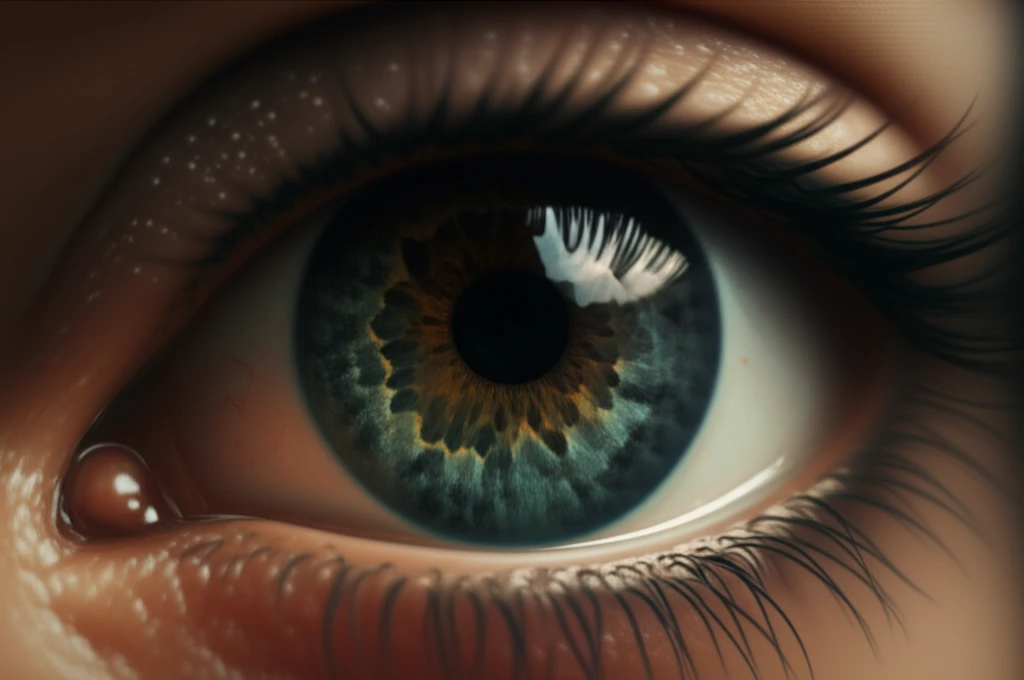
Diabetes and Your Eyes: Understanding the Risks and How to Protect Your Vision
"New research from Beijing highlights key risk factors for diabetic retinopathy, offering insights for early detection and prevention."
Diabetes is a growing global health concern, and with it comes an increased risk of developing diabetic retinopathy (DR). DR is a major cause of vision impairment and blindness, but early detection and intervention can significantly reduce your risk.
Recent research conducted in Beijing, China, involving nearly 18,000 individuals, sheds light on specific risk factors for DR within a large population. This study helps us better understand who is most vulnerable and how to take proactive measures.
This article will explore the key findings of this research, translating complex data into practical advice you can use to safeguard your vision if you have diabetes or are at risk of developing it. We'll cover the identified risk factors, what they mean for your health, and steps you can take to minimize your chances of developing DR.
What the Beijing Study Revealed About Diabetic Retinopathy

The Beijing study, published in BMJ Open, aimed to pinpoint the specific risk factors for DR in a large Chinese population. The researchers analyzed data from 17,985 individuals in the Changping area of Beijing, looking at various health indicators and eye examination results.
- Disease Duration: The longer someone has diabetes, the higher the risk of developing DR.
- Body Mass Index (BMI): A higher BMI was linked to an increased risk.
- Systolic Blood Pressure (SBP): Elevated systolic blood pressure also contributed to the risk.
- Creatinine Clearance Rate (CCR): A lower CCR, indicating reduced kidney function, was associated with DR.
- Uric Acid (UA): Uric acid levels played a role, with different effects observed in men and women.
- Fasting Plasma Glucose (FPG): Higher fasting plasma glucose levels significantly increased the risk.
Taking Control of Your Eye Health with Diabetes
The Beijing study provides valuable insights into the risk factors for diabetic retinopathy. While some factors like disease duration are unavoidable, many others are within your control.
By focusing on managing your blood sugar levels, maintaining a healthy weight, controlling your blood pressure, and monitoring your kidney function, you can significantly reduce your risk of developing DR and protect your vision. Regular eye exams are also crucial for early detection and treatment.
Empower yourself with knowledge and take proactive steps to manage your diabetes and safeguard your eyesight for years to come. Talk to your doctor about your individual risk factors and create a personalized plan for optimal eye health.
